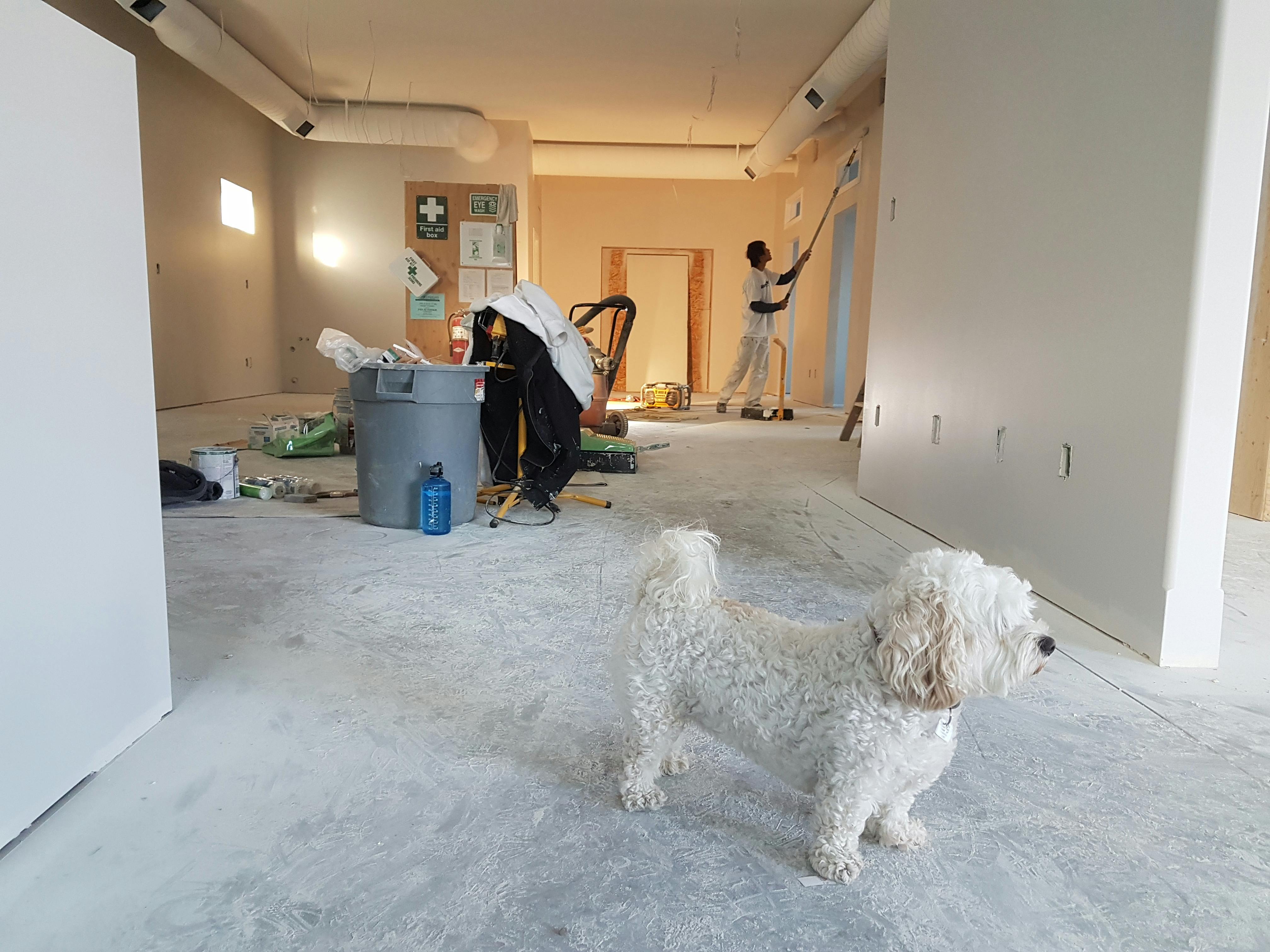
Extend Your Renovation Budget With Creative At Home Upgrade Ideas
Careful planning gives you the best start when you want to make the most of your renovation budget. Think about the look you want, how each space will work for your needs, and the amount you feel comfortable spending. Many people find that a combination of do-it-yourself projects and repurposing existing items can freshen up any room without a big investment. You don’t need to spend a fortune to see real changes—thoughtful updates often create the biggest impact. Simple changes, such as updating hardware or adding a splash of color, breathe new life into your home while keeping expenses in check.
Keeping priorities clear and embracing small wins sets the stage for a rewarding makeover journey. These tips tap into everyday materials, simple tools, and a confident mindset. You’ll uncover practical steps that fit a busy schedule and deliver a polished look you love.
Assess Your Space and Budget
Begin by measuring each room’s footprint and noting existing features you can keep. Track elements that deserve a refresh, such as outdated cabinets, worn flooring, or dull lighting. Use a free notebook or a basic spreadsheet app to log costs, ideas, and deadlines. This visual guide will help you spot where to invest and where to cut back.
Next, set a hard limit on your total spend and divide it across categories: materials, tools, and any hire fees. If you notice a major ticket item, like a stone backsplash, allocate funds to cover it first. Then look for budget wins—perhaps painting cabinets instead of replacing them, or refacing drawer fronts rather than buying new ones. This grouping keeps your project on track and reduces impulse buys.
DIY vs. Professional: Making Smart Cost Decisions
Taking on tasks yourself can save a bundle, but some jobs demand professional expertise. Painting walls, adding peel-and-stick wallpaper, and updating light fixtures often suit a weekend warrior. In contrast, electrical rewiring or major plumbing adjustments carry risk and hidden costs if you do not handle them correctly.
Evaluate each job by time, difficulty, and safety. When you spot high-risk work, get two or three quotes from licensed experts. Compare their bids and ask if they can supply materials at a discount. That way, you secure trust and value. For manageable tasks—like installing open shelving or regrouting tile—gather tools from friends or rent a power tool for a day. That prevents overspending on seldom-used equipment.
Creative Low-Cost Material Upgrades
Upgrading trim and moldings brings a custom feel without pricey materials. Purchase primed MDF trim, then stain or paint to match your style. Replace plain baseboards with a streamlined profile for a modern twist, or add crown molding to raise the ceiling’s visual height. These subtle details cost under $5 per linear foot but deliver a high-end look.
If you want that heartfelt wood warmth, look for offcuts or seconds at local lumber mills. You might snag a discounted hardwood board that serves as an accent shelf or a headboard backdrop. Pair that natural tone with a can of clear matte sealant and a palm sander kit—tools you can reuse throughout many projects.
Repurposing and Upcycling Ideas
Spotting potential in used items transforms stale spaces. Hunt online marketplaces for gently worn furniture with sturdy frames. A fresh coat of chalk paint or milk paint creates a shabby chic style, and swapping hardware for brass knobs injects personality.
Old doors become sliding barn-style dividers with a simple track system. Remove the panels, sand them down, then finish them in a bold hue or a distressed whitewash. Mounting one as a headboard adds flair and makes a room feel custom-made. Even small finds like vintage crates can convert into stacked bedside tables.
Maximize Function and Style
- Install pull-out pantry shelves for easy access to canned goods. This small upgrade saves scrubbing time in deep cabinets.
- Add multi-tiered closet rods to double hanging space. Dress racks at different heights help keep shirts and pants wrinkle-free.
- Swap a bulk kitchen island top with a butcher block remnant. Sealed properly, it withstands slicing and adds warmth.
- Mount a pegboard above the desk or craft corner. Paint it in a cheerful color, then hang baskets and hooks for supplies—both decorative and functional.
- Use clear acrylic risers in bathroom cabinets. They boost storage without blocking sight lines, making it easier to spot essentials.
Each tip combines form and function so no square inch goes to waste. By paying attention to everyday routines, you’ll choose upgrades that feel personal and practical.
Seasonal and Natural Touches
- Bring in potted herbs on a sunny windowsill. Nurtured in small ceramic pots, they freshen air and menus.
- Weave a wreath from foraged branches and dried flowers. Hang it over a mantel for a seasonally inspired focal point.
- Layer lightweight linen curtains in spring and summer to let breezes in. Swap to velvet or wool blends for cozy winter vibes.
- Install a removable rain chain to replace a downspout. The gentle sound of water adds calm and charm during showers.
- Display carved wooden bowls or woven baskets filled with pinecones in autumn. They make a sculptural accent that highlights nature’s palette.
These touches connect your home to the changing seasons. They rely on simple swaps and natural finds, keeping costs minimal and impact fresh.
Layer in each upgrade carefully, combining small wins with occasional professional help. This approach helps you create a beautiful, functional home that matches your taste and budget.